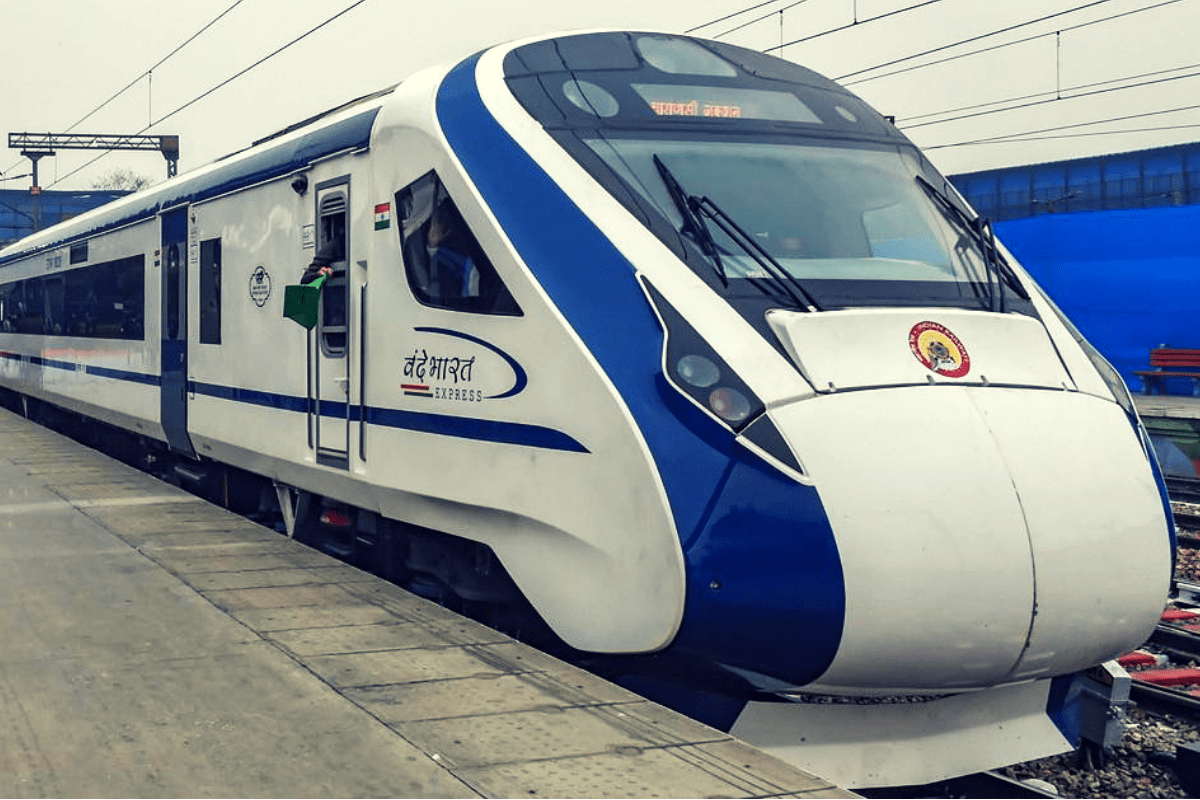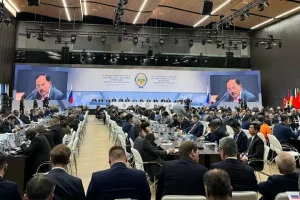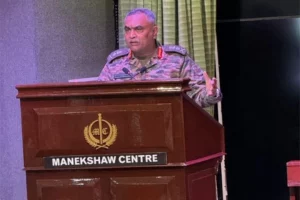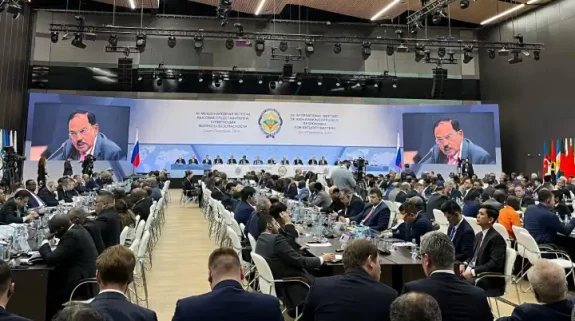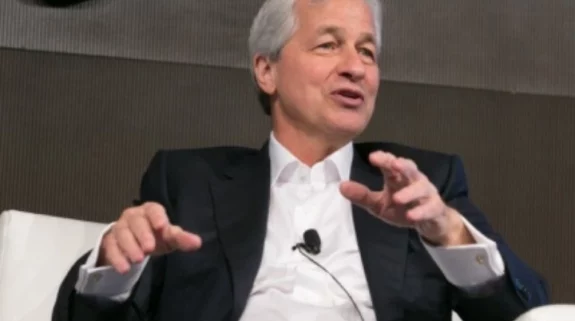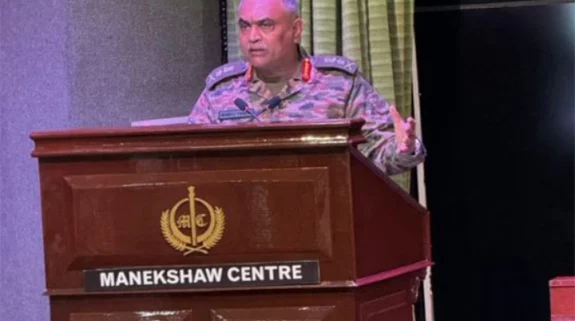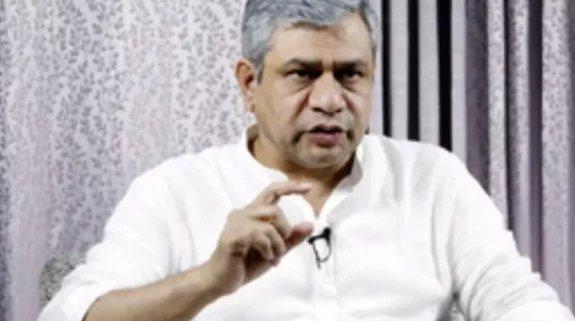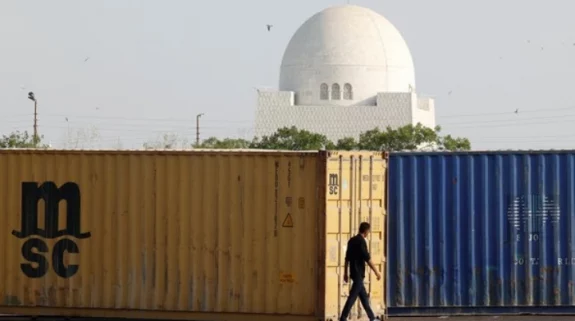The people of Jammu and Kashmir always felt discriminated in getting basic infrastructure like rail connectivity, a necessary lifeline for its progress and prosperity. It was only in 1975 that the first train puffed into the Jammu-Tawi railway station. But, it is all going to change in the next few months when Srinagar gets an all-weather rail connectivity with the rest of the country.
Things are moving in the right direction, just what Home Minister Amit Shah had promised last year while flagging off the high speed luxury train, Vande Bharat, connecting Delhi to Jammu in just eight hours. "Jammu and Kashmir will be one of the most-developed regions of the country in the next 10 years," Shah had said while reiterating the government's commitment to a much-faster development of the region, to connect Kashmir valley with the rest of India via rail network, following the removal of the Article 370 in August, last year.
It should not have taken this long though. The rail connectivity between Jammu and Kashmir should have been established within a few years after the decision of the people of the state and its ruler, Maharaja Hari Singh, to merge with the Indian Union. With the partition of India in 1947, the railway link between Sialkot and Jammu was snapped. While in Faridkot's case, which was a Muslim majority district, Jawaharlal Nehru asserted that there could not be any Pakistan east of the river Sutlej, Sialkot in Pakistan and Chittagong in the north-east were never claimed by India.
With Sialkot, the train connectivity to Jammu and Kashmir was also lost. Losing Chittagong port meant that Arunachal, Assam, Manipur, Meghalaya, Mizoram, Nagaland, Tripura and Sikkim, became landlocked states. The nearest sea-port for the region is Kolkata which is almost 1500 kilometers from Guwahati. The ordeal of the people of Jammu and Kashmir partially ended with the opening up of a rail link between Pathankot and Jammu Tawi.
The train services established in 1897 between Sialkot to Jammu were the only railway link with the state, but it has never been explained why New Delhi delayed the construction of the much-needed rail link between Jammu and Pathankot, a distance of just 108 kilometers. It appears to be a deliberate move to deny the rail connectivity to the people of Jammu and Kashmir. The rail connectivity to the state with the rest of the country appears to have always been a low priority issue.
The foundation stone for the Jammu-Pathankot railway line was laid in 1971 but it took another four years to commission this strategic connectivity. It has taken another 30 years to expand the train line to Srinagar and the delayed project may soon be commissioned following the Union Government's decision to assign high priority to the ongoing infrastructure projects in the state, especially after last August. It is hoped that within the current financial year, one of the world's most difficult hilly train will become functional and the difficult regions beyond Srinagar, even Leh, might be one of the stations of the Indian railways in future.
The construction of the broad-gauge railway line on the high Himalayas is one of the feats of the Indian technology, dedication of the workforce comprising highly accomplished engineers and technologists. Many of them were martyred for this awe-inspiring project working amidst inclement weather. The Jammu-Baramulla railway line is being laid amidst high Himalayas passing through one of the world’s most difficult hilly terrains with an ambitious mission to connect the picturesque Kashmir valley with the Jammu railway station situated on the foothills of the paradise on earth.
Those who doubted about the feasibility of this project need not be blamed because the broad-gauge railway line passes through the difficult thrust zones prone to seismic vibrations and frequent earthquakes. Compared to the Alps, Himalayan ranges are much younger and have lose soil comprising clay and silt. The construction had to be abandoned during heavy rains or snowfall. The work force, including the engineers and supervisors, had to be acclimatized from the scorching sun of the country's northern Indian plains to the cold climate of the Pir Panjal range.
Its construction has been much more challenging than the China-Tibet railway line because Tibet is plateau while the Indian engineers are constructing bridges and tunnels amidst breathtaking heights that too on the fragile Himalayan ranges and hills. Tibet's Qingzang Railway laid the rail lines at the height of 16,000 feet. The Indian engineers too have successfully aligned the tracks in the Pir Panjal Range where most peaks exceed 15000 feet. The Indian weather conditions are equally severe compared to Tibet with heavy snowfall and temperatures touching sub-zero levels.
The route includes many bridges, viaducts and tunnels. The train is expected to cross over 750 bridges and pass through over 100 km of tunnels. The trains will cross the Chenab River at a height of 4314 feet above the river bed. Its height is believed to be 115 feet higher than the Eiffel Tower in Paris. The project took off from the drawing boards to actual implementation format when it was declared a national project in 2002. The sections from Jammu to Katra and Banihal to Baramula have already become operational.
The crucial track from Katra to Banihal is expected to be completed during the current financial year. With militancy effectively curbed in the Kashmir valley and the ending of the alienation, the optimism had dawned in the state.






